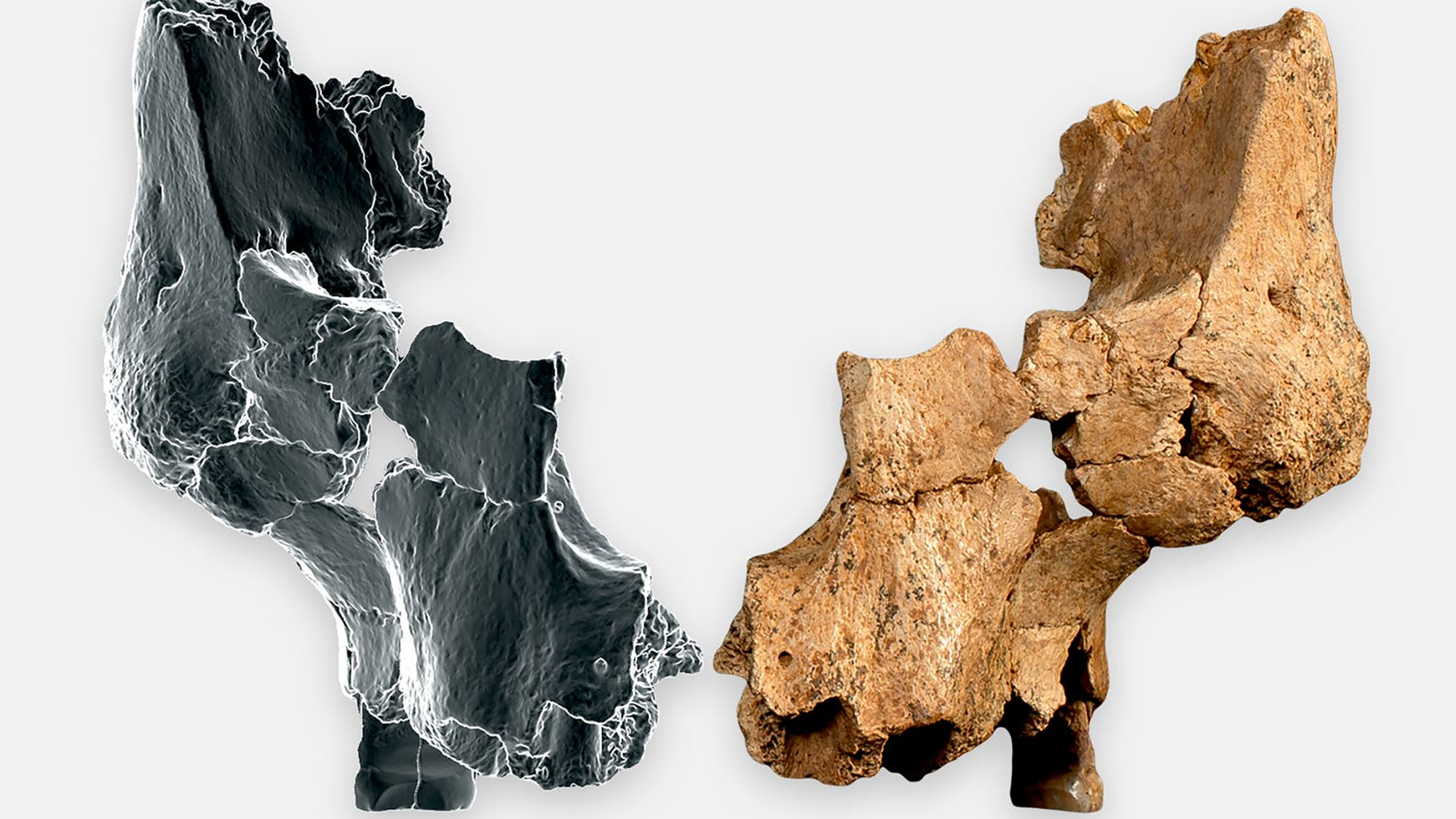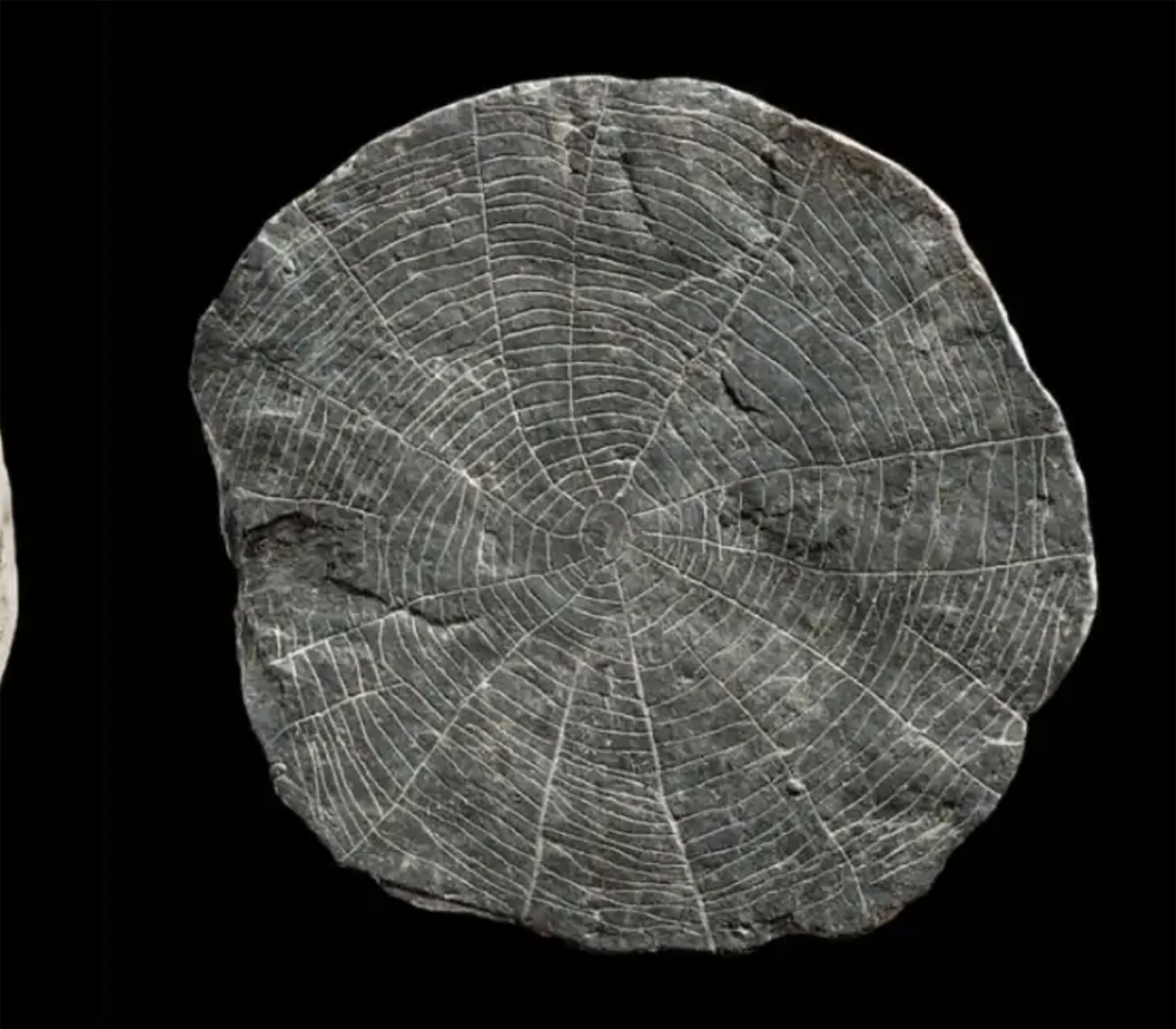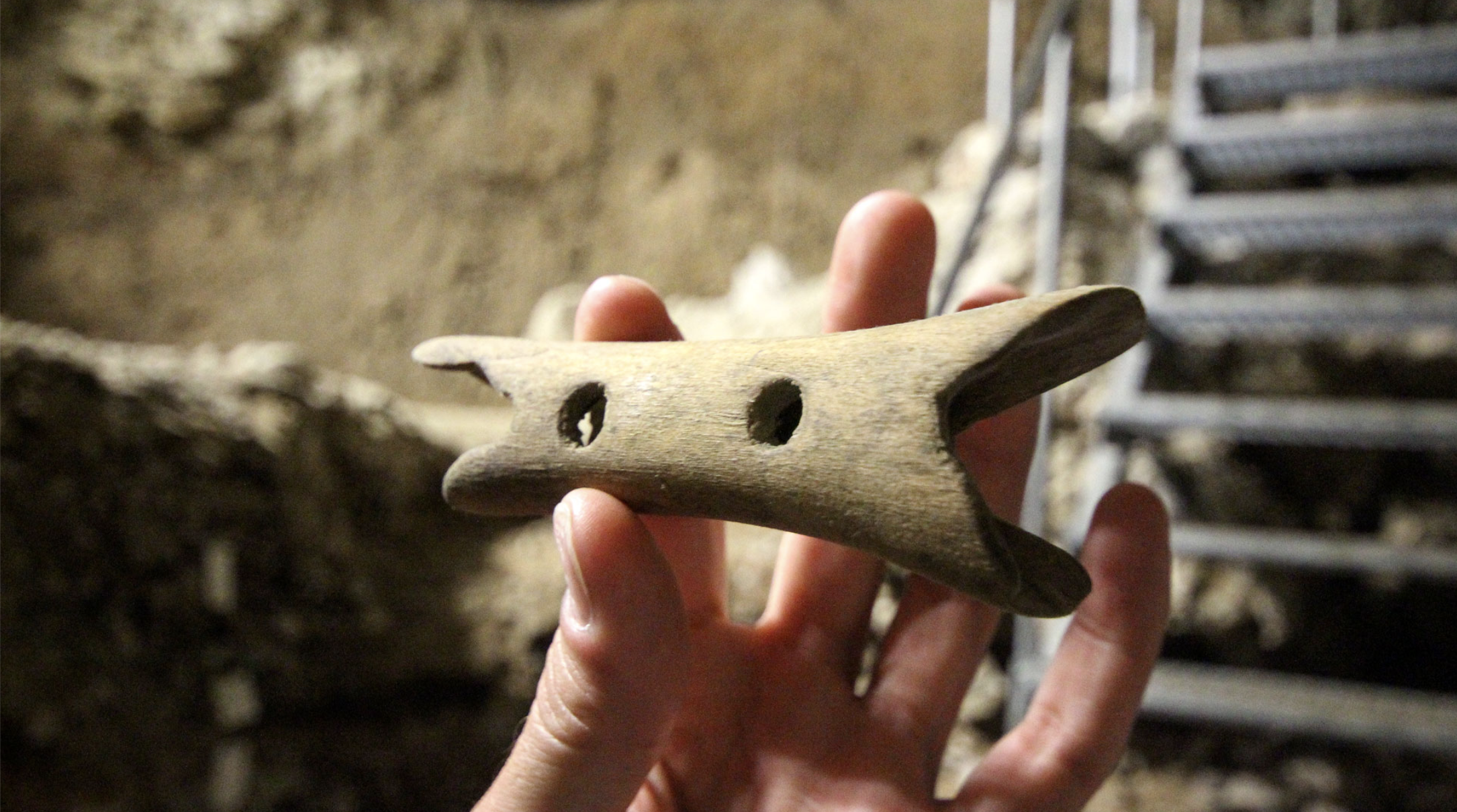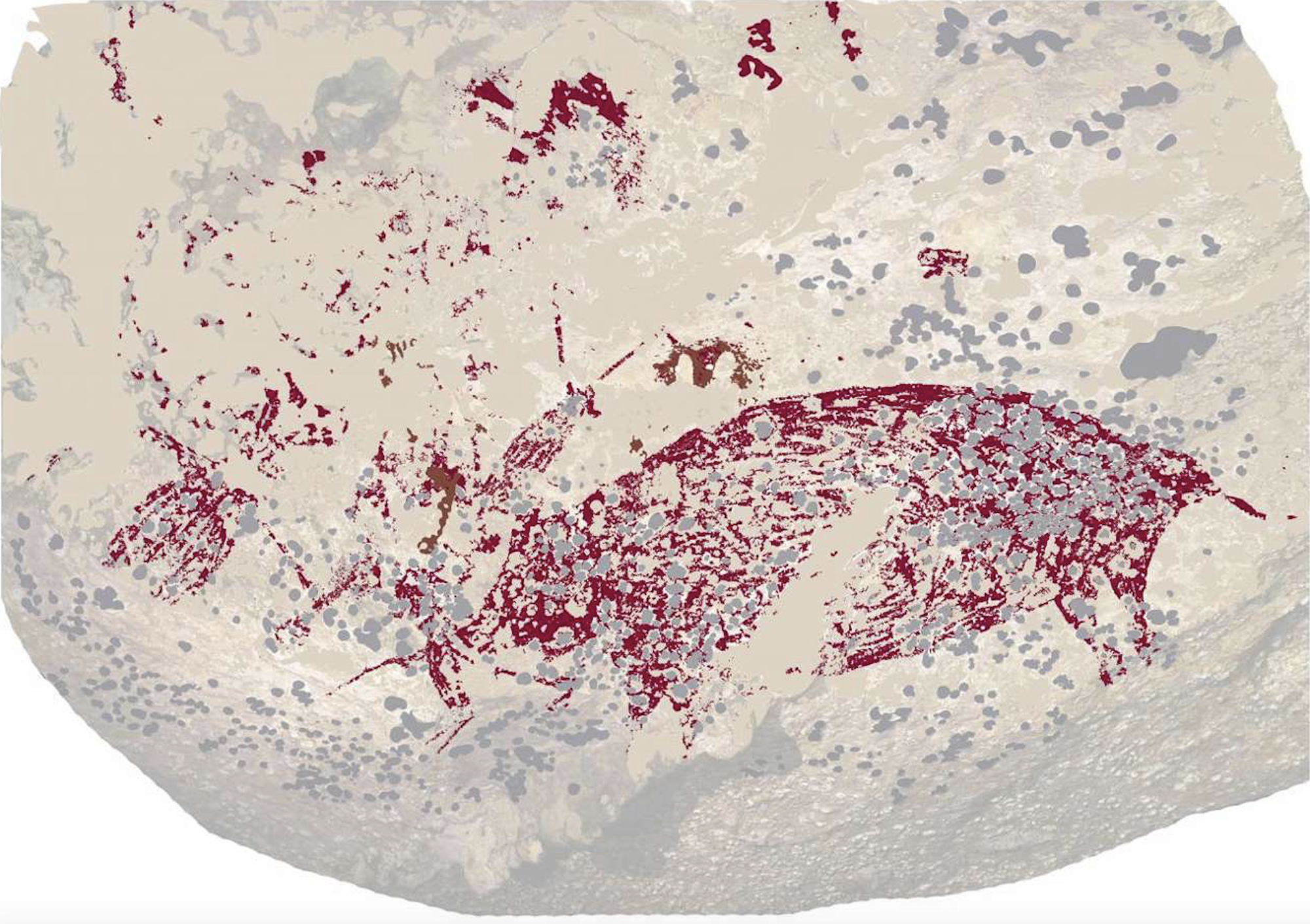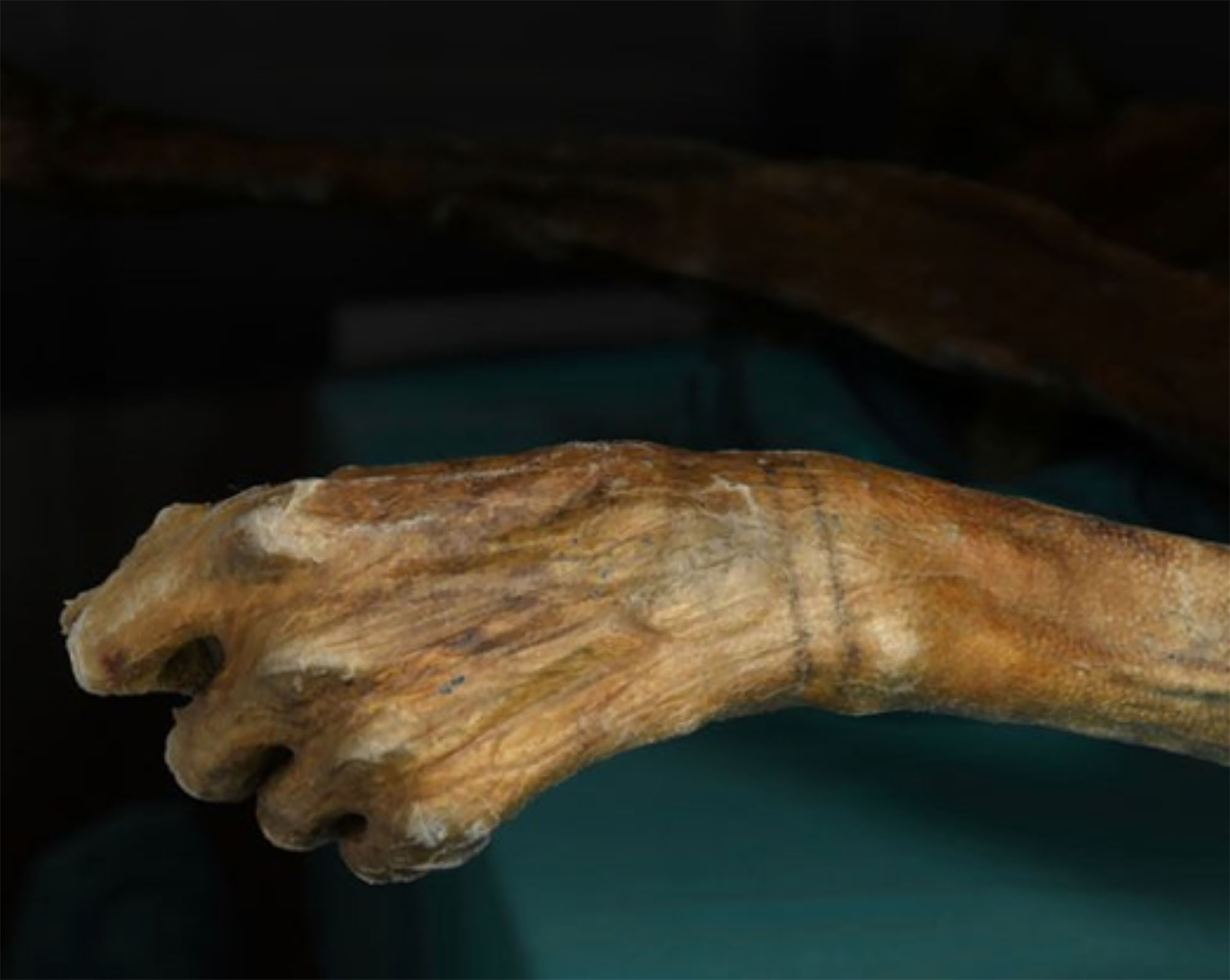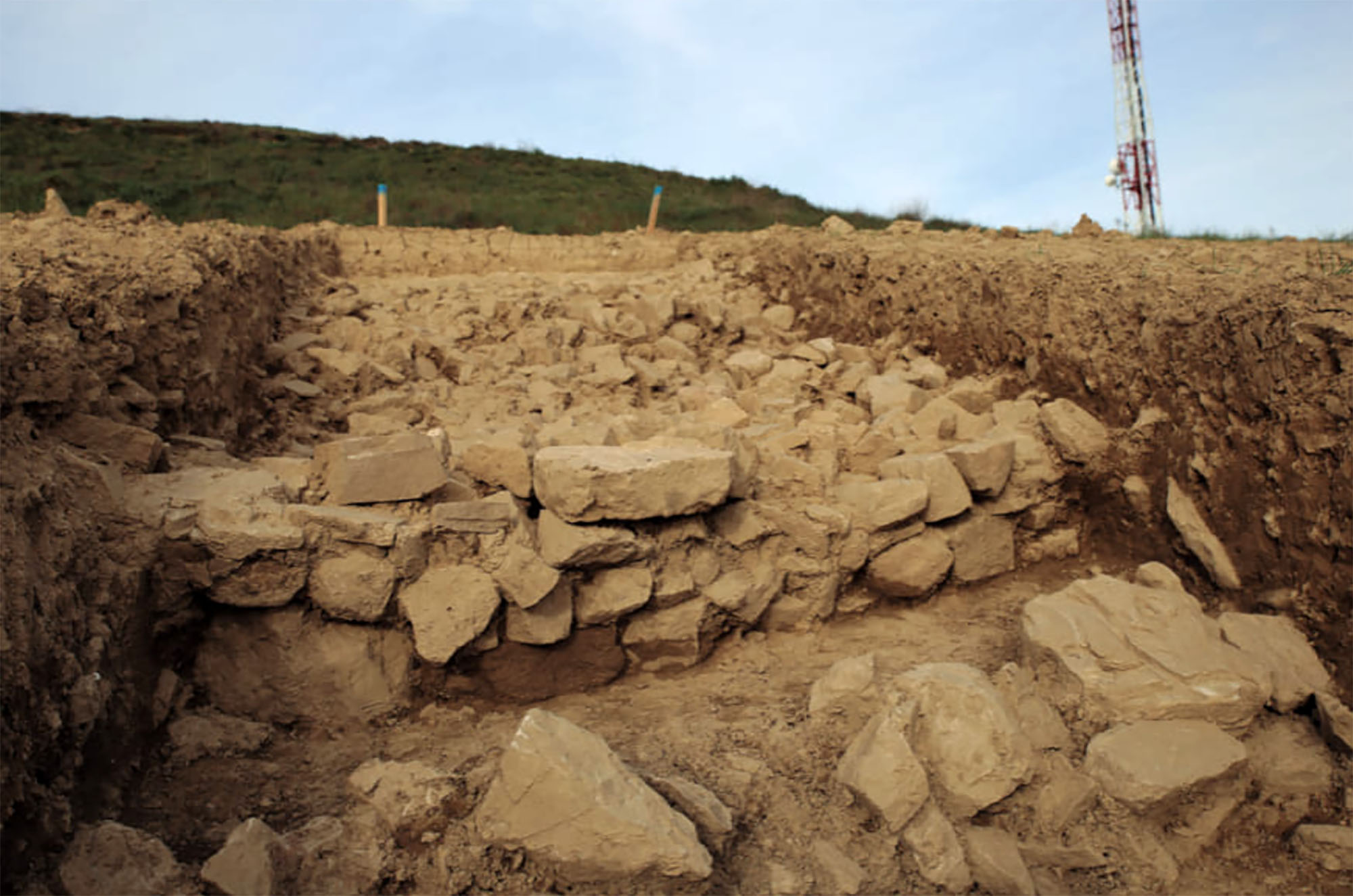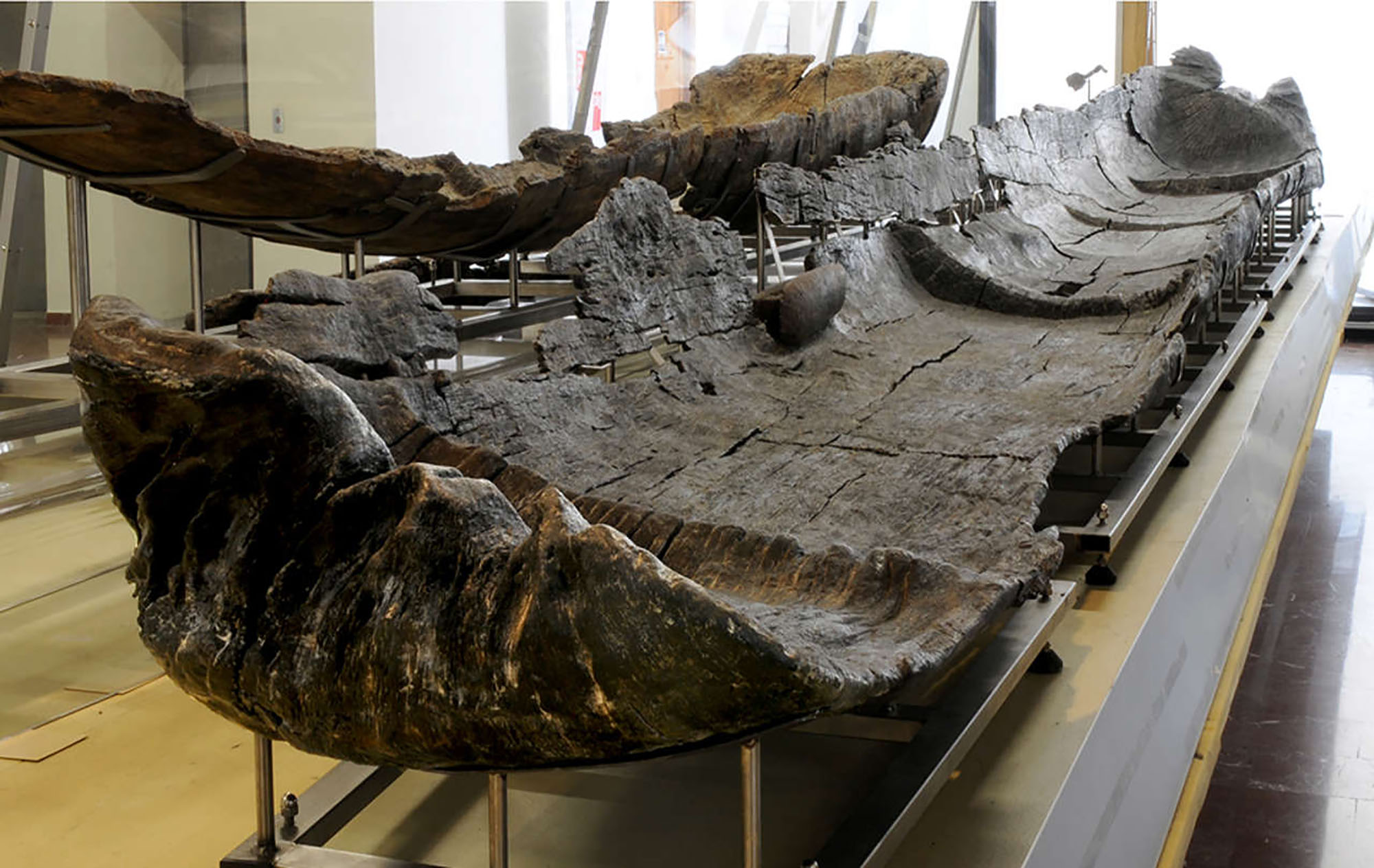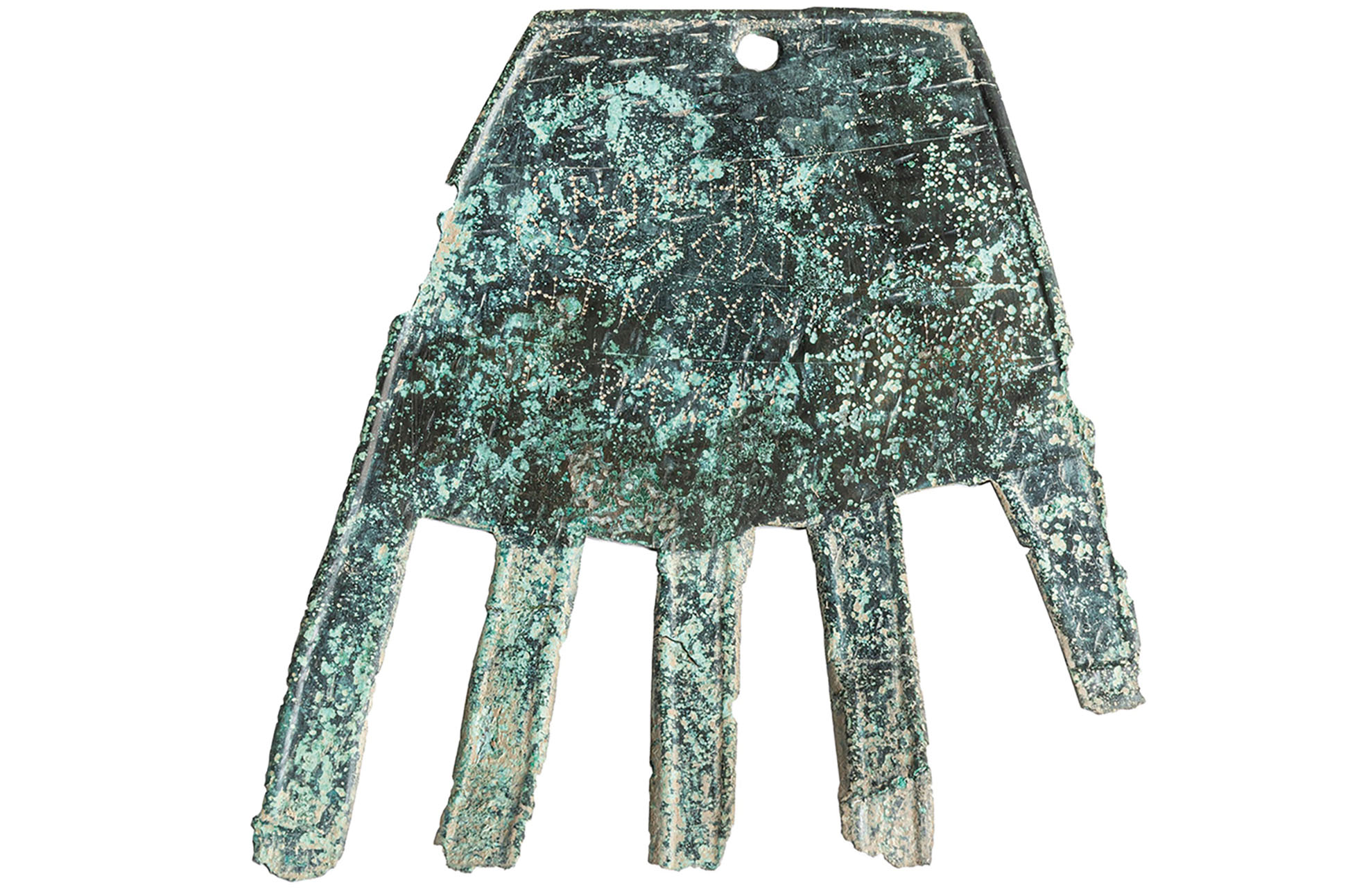Cooked fish hominid
- Jordan River Valley, 780,000 years ago. A group of hominids ate cooked fish on the shores of Lake Hula. The remains of fish found by archaeologists at the Israeli site of Gesher Benot Ya’aqov made this surprising conclusion possible.
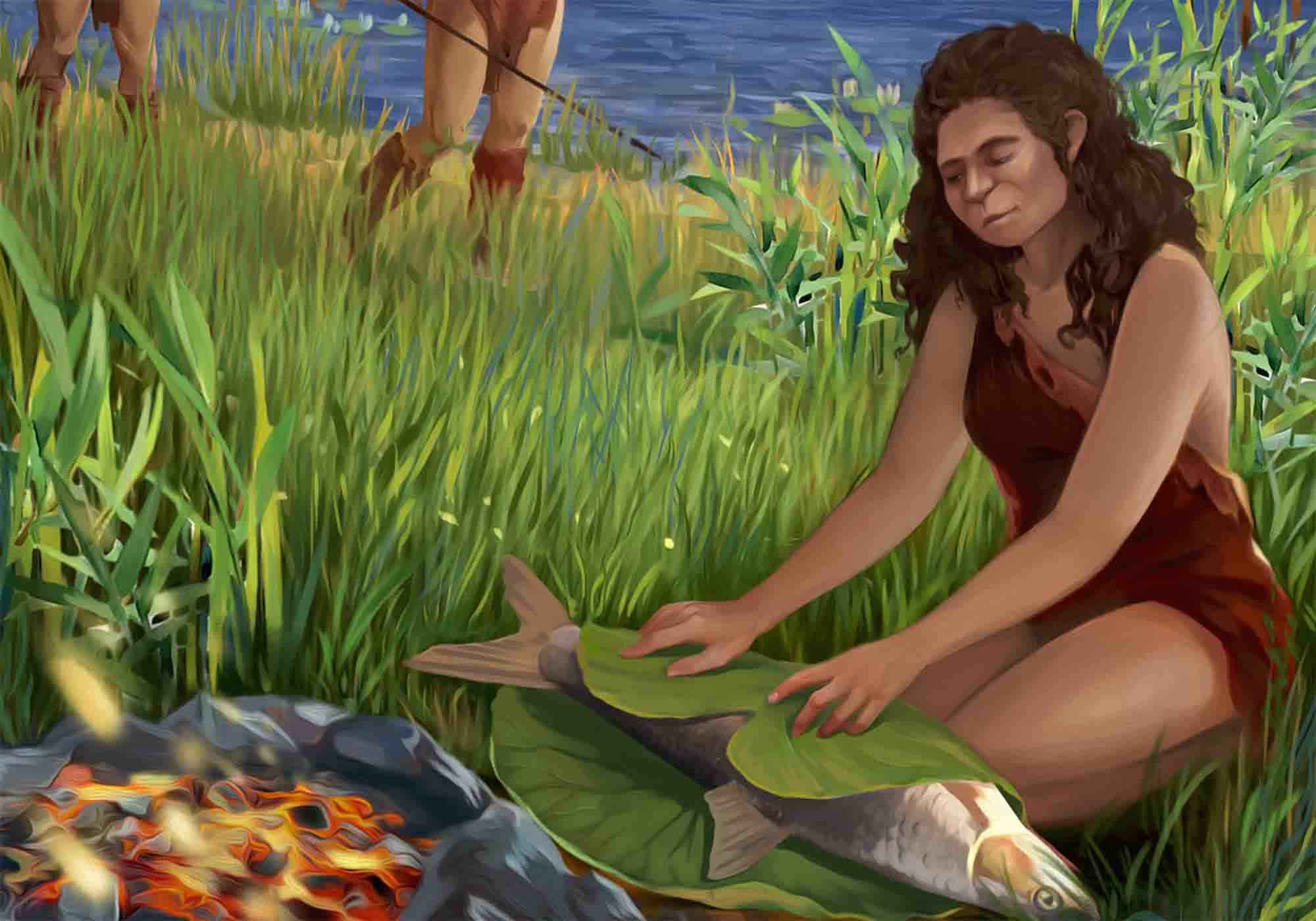
We knew that hominids started eating raw fish about 2 million years ago, but so far experts believed that man started processing food 170,000 years ago. Thus, the recent work published by a group of international researchers in the journal Nature Ecology and Evolution shows that the human diet revolution happened much earlier than expected.
Firstly, numerous remains of missing fish species have been found at the site, indicating that consumption was common. In addition, traces have been found in several layers, a sign of prolonged consumption. One of these species was a large fish from the Cyprinus carpio or common zamo family. Crystals that form the dental enamel of fish increase due to heat. Analyzing these crystals it can be observed that these large tents were placed at the appropriate temperature for cooking and that they were not burned by a spontaneous fire. In short, these communities had a tradition of cooking fish.
When humans started eating prepared food, they had more time and energy to develop new social systems and attitudes.
The decomposition and digestion of raw food requires much more energy. So when the first men started eating prepared food, they had more time and energy to develop new social systems and attitudes. In addition, fish contains omega 3 acids, zinc iodine, substances that promote brain development.
Researchers believe that freshwater areas were fundamental to extend Homo erectus beyond Africa. Of course, they used fresh water to drink, but, as the animals were also close to drinking, they were suitable places for hunting. And fish also conditioned in part the hominid migratory routes: in shallow waters it was easy to catch fish and gave a great nutritional prize.
So this simple fish recipe helped shape the evolution, the environmental relationship and the migration of the human brain.
Atapuercako aztarnategian hominido zahar baten aurpegi-hezur zatiak aurkitu dituzte. Homo affinis erectus bezala sailkatu dute giza-espezieen artean, eta gure arbasoek Afrikatik kanpora egindako lehen migrazioei buruzko teoriak irauli ditzake, adituen arabera.
In the Maszycka cave in Poland, remains of 18,000 years ago were found at the end of the 19th century. But recently, human bones have been studied using new technologies and found clear signs of cannibalism.
This is not the first time that a study has reached this conclusion,... [+]
Archaeologists have discovered more than 600 engraved stones at the Vasagård site in Denmark. According to the results of the data, dating back to 4,900 years ago, it is also known that a violent eruption of a volcano occurred in Alaska at that time. The effects of this... [+]
Ethiopia, 24 November 1974. Lucy's skeleton was found in Hadar, one of the oldest traces of human ancestors. The Australian hominid of Australopithecus afarensis is between 3.2 and 3.5 million years old.
So they considered it the ancestor of species, the mother of all of us. In... [+]
A group of archaeologists from the University of Berkeley, California, USA. That is, men didn't launch the lances to hunt mammoths and other great mammals. That was the most widespread hypothesis so far, the technique we've seen in movies, video games ...
But the study, published... [+]
Geissenkloesterle (Germany), 42,000 years ago. Those living in the cave of the Danube basin made a flute with bird bones and mammoth ivory. At the same time, the inhabitants of the cave of Divje Babe in Slovenia also made a flute with the femur of a bear. These are the oldest... [+]
In the south of the Indonesian island of Sulawesi, in the cave of Leang Karampuang, archaeologists from the Griffith and Southern Cross universities and the Indonesian National Agency have discovered a painting of three anthropomorphic figures and a boar. According to the study... [+]
Two years ago, the Catalan archaeologist Edgard Camarós, two human skulls and Cancer? He found a motif card inside a cardboard box at Cambridge University. Skulls were coming from Giga, from Egypt, and he recently published in the journal Frontiers in Medicine, his team has... [+]
Since they discovered the corpse of Ötzi in the Alps in 1991, the 5,000 years preserved in very good condition have been used for numerous investigations. From the beginning, the 61 tattoos he had on his skin were the ones that cared for him. Experts believed these tattoos were... [+]
Between 1992 and 2006, in the waters of Lake Bracciano of Rome, the site of La Marmotta del Neolitico was excavated early. They recently published in Plos One magazine a study on the five piraguas found there. It is estimated that the boats are between 7,000-7,500 years... [+]
In the Gulf of Mecklenburg, in Baltic waters, archaeologists identified in 2021 a stone structure of almost a kilometre. Now a team of interdisciplinary researchers has published a study on the wall in the journal PNAS.
The structure is about 10,000 years old and has come to... [+]











